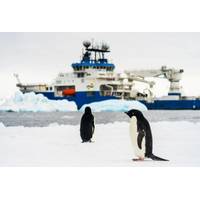
Schmidt Ocean Institute Successfully Concludes Inaugural Antarctic Expedition
;ire was recently awarded the Eric and Wendy Schmidt Environment and Art Prize from the Museum of Contemporary Art (MOCA) in Los Angeles, California. After one more Antarctica expedition in early 2025, R/V Falkor (too) will spend the next four years primarily supporting research in the South Atlantic Ocean. “This was just the beginning of our journey into polar environments. I am proud of our incredible crew and staff for our first successful voyage into the Southern Ocean,” said Schmidt Ocean Institute Executive Director Dr. Jyotika Virmani. “Our plan is to visit
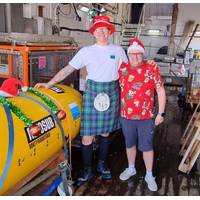
Christmas @ Sea: “Seas and Greetings” from NOC
and, at the end of the day, this will be our family for Christmas day.“We will be sitting down for a traditional meal on Christmas day even though we are on passage, but the science that our ship is supporting continues.”The RRS James Cook and its crew will be spending Christmas in the South Atlantic Ocean, east of South America supporting the Atlantic Meridional Transect (AMT) programme.This is a project which – every single year – sees a research vessel travel 12,000 km across the Atlantic to collect a range of samples. This will be the 31st time the AMT has been run, this time
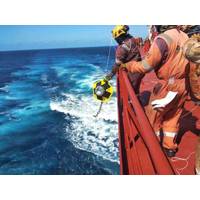
New Wave Data Underpins Ship Structural Integrity
The loss of the Stellar Daisy in 2017 was a tragic reminder of the importance of wave data to ship design and operation. The vessel sank in the South Atlantic Ocean, with 22 of 24 crewmembers lost. The structural failure of the vessel was attributed to several factors including material fatigue and the forces imposed on the hull as a result of the weather conditions.Survey requirements for some vessel types have since been tightened, but even before this tragedy, work was underway to evaluate the wave data used to determine ship structural integrity requirements. In 2016, the International Association
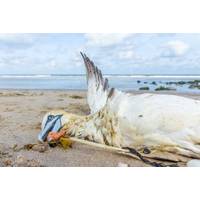
Plastic Pollution Threatens Birds Far Out at Sea
, which breeds in the Mediterranean. The Newell’s shearwater, which is endemic to Hawaii, was also at high risk of plastic exposure.Another vulnerable species, the spectacled petrel, also scored high for plastic exposure risk. This species nests solely on an uninhabited volcanic island in the south Atlantic Ocean called Inaccessible Island.Even species with low exposure risk, such as the northern fulmar and snow petrel, have in the past been found to eat plastic. This goes to show that oceanic plastic pollution poses a problem for seabirds worldwide, even outside of high exposure areas.Plastic pollution
Ocean Infinity Searches for Lost S.Korean Ship
, Seabed Constructor, sets sail from Cape Town to begin the search for the lost South Korean ship, Stellar Daisy.Stellar Daisy sank on 31 March 2017, with the tragic loss of 22 of its 24 crew. The ship, which was transporting iron ore from Brazil to China, is believed to have gone down in the South Atlantic Ocean approximately 1800 nautical miles due west of Cape Town.The Ocean Infinity team is expected to be on site and commencing search operations by mid-February 2019. Ocean Infinity will use its proven approach of deploying a fleet of Autonomous Underwater Vehicles (AUVs) simultaneously to
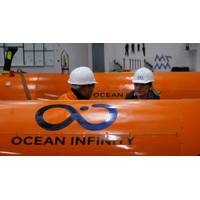
Ocean Infinity Joins Search for Lost Bulker
Ocean Infinity said it has been awarded a contract from the Government of South Korea to search for the wreckage of lost bulk carrier Stellar Daisy, which sank on on March 31, 2017, with 24 people on board.The Stellar Daisy was transporting iron ore from Brazil to China when it was lost in the South Atlantic Ocean, approximately 2,500 nautical miles due east of Uruguay.Ocean Infinity said it expects to commence search operations in January 2019 using its high-tech fleet of autonomous underwater vehicles (AUVs). The company's CEO, Oliver Plunkett, said, “For the sake of all involved we
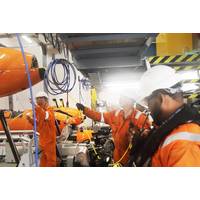
Argentine Submarine Found After Yearlong Search
del Plata on the country's east coast. But the vessel was never heard from again.Autonomous Underwater VehiclesOcean Infinity, a U.S. company that can search and map the seabed, was hired by Argentina following the failure of an international operation to find the vessel after it went missing in the South Atlantic.Ocean Infinity used five autonomous underwater vehicles to carry out the search, according to a statement from the company."Our thoughts are with the many families affected by this terrible tragedy. We sincerely hope that locating the resting place of the ARA San will be of some comfort
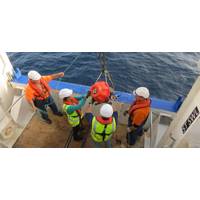
NOAA Teams up with Paul Allen for Deep Ocean Observation
Argo buoys to probe ocean currents that drive weather and climate Microsoft co-founder and philanthropist Paul G. Allen and NOAA’s Pacific Marine Environmental Laboratory will deploy a large array of new deep ocean floats to expand ocean observations in a key area of the western South Atlantic Ocean. These instruments, called Deep Argo floats, can collect data down to nearly four miles deep, and promise to lead scientists to a better understanding of how the bottom half of the ocean may influence long term weather, climate and sea level rise. Paul G. Allen Philanthropies
A New Reef Biome Under the Amazon Plume
the novel reef system off the Amazon River is extensive, is impoverished in terms of biodiversity, and presents unique functional attributes due to the plume influence. The system provides relevant ecosystem services and functions as a selective biogeographic corridor between the Caribbean and the South Atlantic Ocean, and may give important insights in terms of future scenarios for forecasting coralline reefs trajectories under acute climate changes. Remarkably, 125 exploratory blocks for oil drilling in the Amazon shelf were offered in an international auction in 2013, 35 of which were acquired by domestic
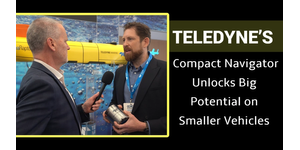


 February 2025
February 2025





